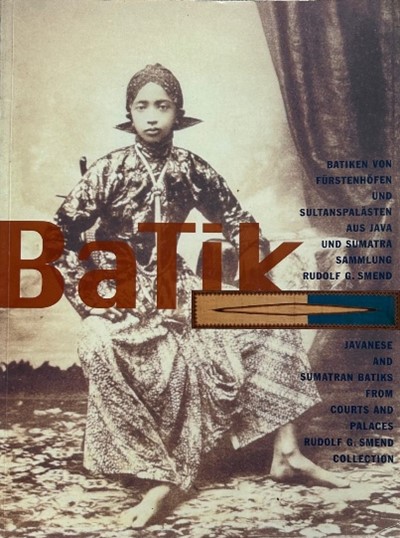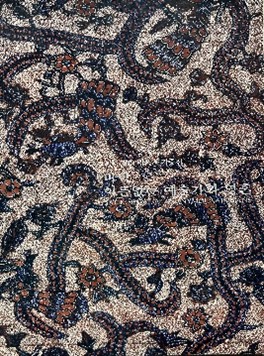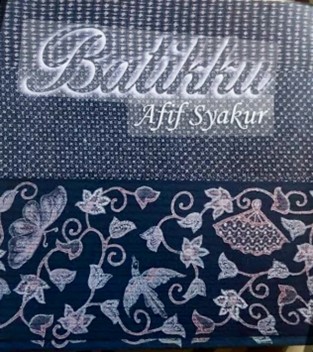

Author: Hermawati Wiriadinata, 2010. 107pg. (Indonesian and English)
Publisher: Self
This book decisively showcases batiks from the northern coast of Central Java, particularly from the Kedungwuni area in Pekalongan. It highlights the collector’s deep passion for batiks created by Indo-Chinese and Indo-Dutch studios, which span a significant period from the late 18th century to the first half of the 19th century. The book thoroughly examines various pieces from this region, emphasizing both the signed batiks from Pekalongan and the unsigned ones.

Author: Rudolf G. Smend, 2000. 211pg. (German and English)
Publisher: Galeri Smend, Koln
A book featuring images of batik pieces from the Javanese and Sumatran courts, with an introduction by Brigitte Khan Majlis discussing Javanese batiks. This is followed by a catalogue showcasing batik pieces from the collections of Rudolf Smend and Don Harper.

Author: Kyungwoon Museum. 2015. 119 pg. (Korean and English)
Publisher: -
This is an exhibition catalogue of Indonesian batik textiles and art objects.

Author: Afif Syakur. 2020. 310pg. (in Indonesian)
Publisher: PPBI Sekar Jagad, Yogyakarta
This book follows Afif's journey as a batik artisan, entrepreneur, and fashion designer, showcasing his diverse collection of ancient Javanese court batiks and vibrant batiks from Pekalongan on the north coast.

Author: Murdijati Gardjito & Karina, Rima Melati, Editors. 2020. 304pg. (Indonesia)
Publisher: Global Pustaka Utama Yogyakarta & PPBI Sekar Jagad
This volume, published by Sekar Jagad in Yogyakarta, offers a comprehensive exploration of the etymology of "batik." Contrary to the previous belief that the term originated from "titik" (which means dot), Manu Widyaseputro, a prominent philologist specializing in Javanese culture, convincingly argues that it derives from "tika" (which means drawing). The book presents various perspectives on batik and emphasizes the important preservation efforts being undertaken by different groups. It features insightful articles from dedicated experts in the field.
Page 7 of 37